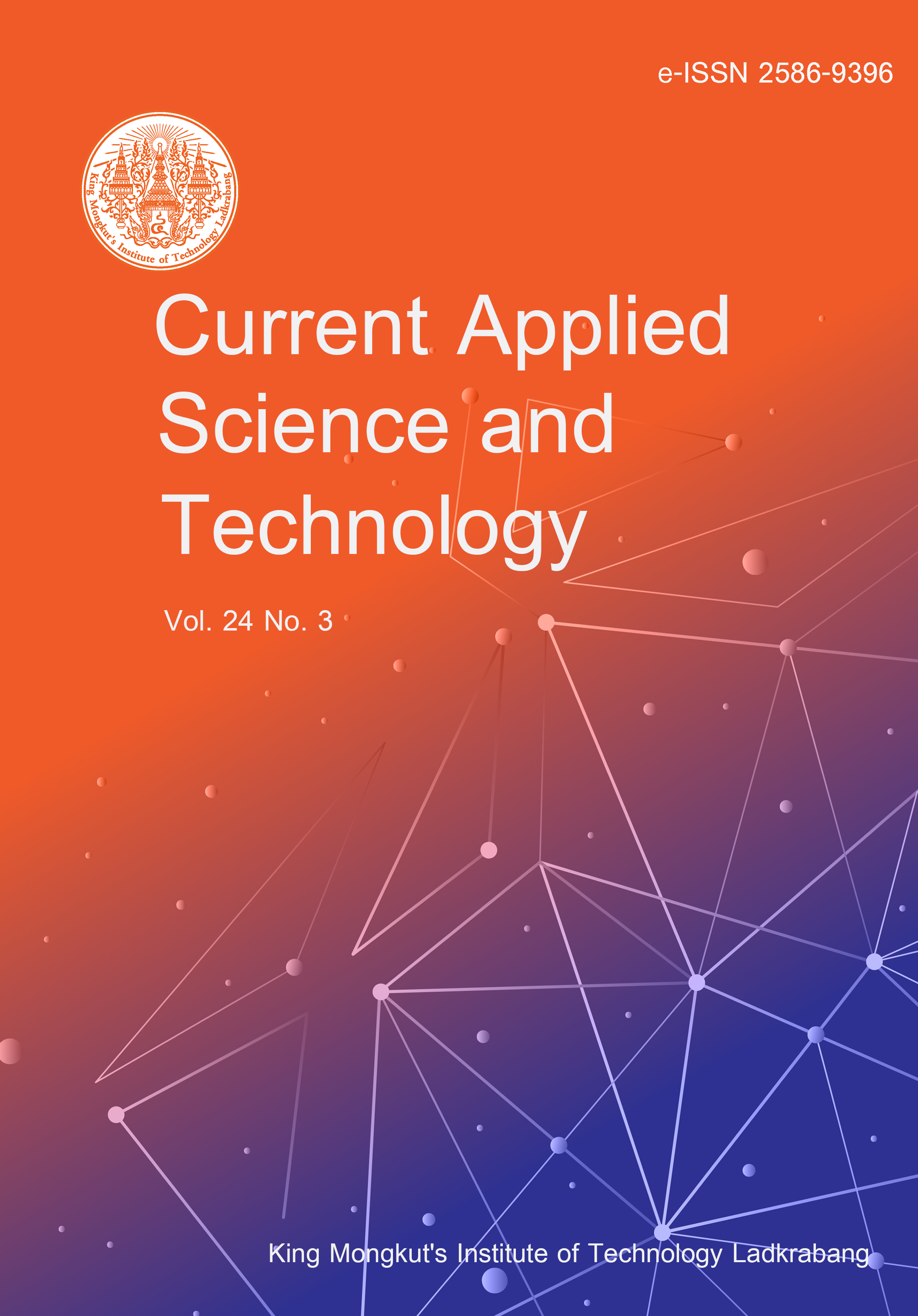Sweet potato (Ipomoea batatas L.) is an important crop and is a staple food in many countries across the globe; since they are a good source of nutrients including zinc (Zn). Zn is essential for plant growth and development, and a zinc deficiency can significantly impact crop productivity as well as the nutritional quality of the produce. The value of enrichment with Zn in many crops by applying Zn either to foliar or soil through agronomic biofortification has been investigated, but this information is still unavailable for sweet potatoes. Therefore, the current study aimed to evaluate the effect of soil and foliar Zn applications on yield, biochemical traits, and nutrient concentrations of different sweet potato genotypes. The study was conducted using a split-plot design with treatments of two doses (0 and 2.5 kg Zn ha-1) of soil application and four doses (0, 15, 30, and 45 ppm) of foliar application of Zn on five sweet potato genotypes (SP-2, SP-14, SP-15, SP-16, SP-20). It was observed that growth and yield performance as well as nutrient concentrations in the tubers of sweet potatoes were greatly influenced by Zn application method and genotype. An increasing rate of foliar Zn, with or without soil-applied Zn, showed an increasing trend in amino acid, β-carotene, flavonoid, and phenolic content. The foliar Zn application had a more obvious effect on most of the examined traits than the soil Zn application and except for a few characteristics (dry matter and amino acids), most traits responded up to the foliar application of 15 ppm Zn, and thereafter no increase was seen with further increments of foliar Zn application.
Rahman, K. A. M. M. ., Juraimi, A. undefined. S. ., Karim, S. R. ., Hatta, M. undefined. A. M. ., Sulaiman, Z. B. ., Khan, M. ., Alam, M. K. ., Ahmed, I. M. ., Mokarroma, N. ., Ahmed, S. ., Rahman, M. M. ., & Hossain, A. . (2024). Improving the Productivity and Nutritional Values of Sweet Potato (Ipomoea batatas L.) with a Combination of Soil and Foliar Zinc. CURRENT APPLIED SCIENCE AND TECHNOLOGY, e0257789. https://doi.org/10.55003/cast.2023.257789


https://cast.kmitl.ac.th/doi/10.55003/cast.2023.257789